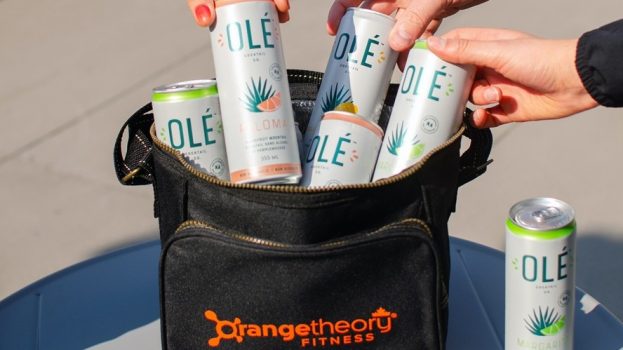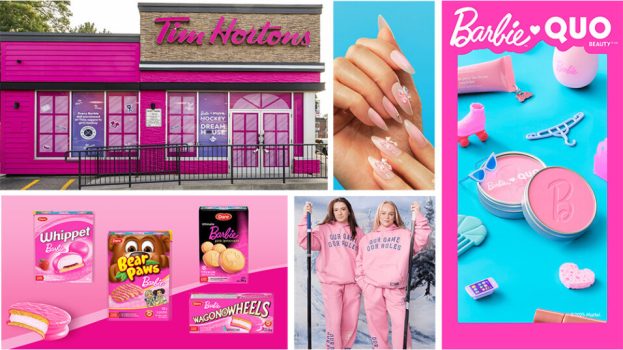
As part of a new push to improve accessibility in Canada, the Rick Hansen Foundation is launching a new campaign to draw attention to just how many barriers people face. And it’s starting with an execution that does that in a way that ensures the message can be seen by everyone.
A digital board near Toronto’s Nathan Phillips Square looks basic enough, with the headline reading: “This Poster Is For Everyone,” and accompanying body copy explaining how many Canadians live with disabilities and why improving accessibility is such a priority.
But to prove the poster’s message, the digital board adapts to its audience, so it truly can be read by anyone. It features height and depth tracking to resize the ad for people who might be in a wheelchair, or leaning in to read the smaller text. It can detect languages being spoken nearby and translate the text. For the blind, it features a speaker playing an audio version of the headline and also lets passerby know about the braille pad they can read. From a more traditional design perspective, the typeface was also designed to be easy to read, printed with high-contrast colours.
[iframe_vimeo video = “338080110”]
“The poster captures the essence of the campaign, it’s about finding ways to open up the world to everyone,” said Alexis Bronstrorph, ECD at Taxi, the agency that developed the campaign. “The idea is so simple it can be distilled down to two words [everyone and everywhere] and we wanted each execution to reflect that.”
The digital board is part of “#EveryoneEverywhere,” a new fully integrated campaign from the Rick Hansen Foundation that is timed to launch ahead of Accessibility Awareness Week, which begins May 26, and is set to roll out through the rest of the year. Initially founded to fund spinal cord research in 1985, the organization has since expanded its focus to general accessibility and giving people “physical freedom,” regardless of their physical ability. The new campaign is aimed at raising awareness for the barriers people with mobility, hearing and vision impairment face on a day-to-day basis, and all of the campaign elements that are set for release are meant to capture attention in a way that considers those barriers.
“We wanted to make sure that we not only delivered a message about accessibility but did it in an accessible way,” said Laura McBride, director of marketing at the Rick Hansen Foundation. “We’ve always put inclusivity at the forefront of everything we do.”























